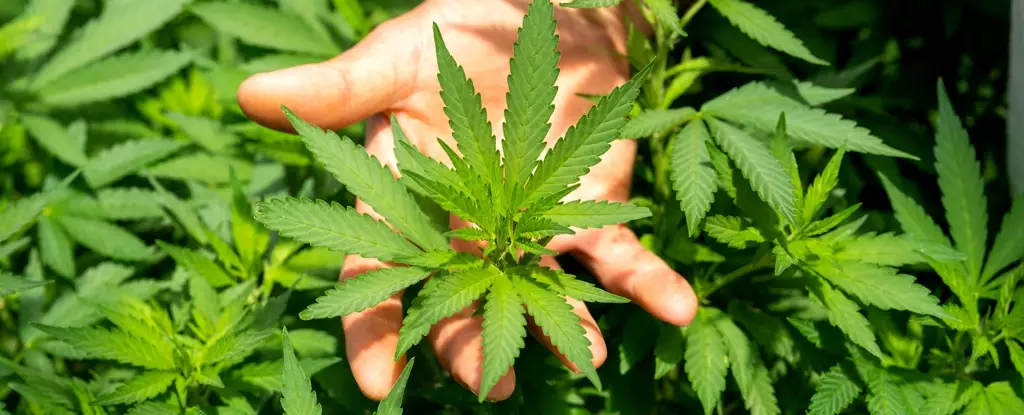In a groundbreaking announcement in late April 2024, the U.S. Drug Enforcement Agency revealed its plan to reclassify cannabis from a Schedule I drug to a less restricted Schedule III substance. This shift, which places cannabis in the same category as drugs like Tylenol with codeine and anabolic steroids, reflects a significant acknowledgement of the medicinal benefits of cannabis. The decision comes amid a growing interest in exploring the therapeutic potential of psilocybin, the active component in magic mushrooms, for conditions such as depression and chronic pain.
Cannabis, also known as marijuana, has been used for medicinal purposes for thousands of years. From aiding in pain management to treating seizure disorders and nausea during chemotherapy, cannabis has a rich history of therapeutic applications. Despite its benefits, cannabis consumption is not without risks. While lethal overdoses are rare, individuals may experience side effects like cyclical vomiting or dependence issues, particularly with heavy use at a young age. Nevertheless, the safety profile of cannabis is notably favorable compared to opioids, which have contributed to a staggering number of overdose deaths in recent years.
With an estimated 50 million Americans suffering from chronic pain, there is a pressing need for effective pain management strategies. Many individuals with chronic pain have turned to cannabis as an alternative to traditional pain medications due to its perceived lower risk of adverse effects. However, rigorous scientific research on the efficacy of cannabis for chronic pain is lacking. Clinical trials have been limited in scope, and the dosing used in studies may not align with real-world usage patterns.
Since the enactment of the Controlled Substances Act in 1970, cannabis has been classified as a Schedule I substance by the federal government, hindering research efforts. The criminalization of cannabis possession and the stringent regulatory framework have posed challenges for scientists studying its potential therapeutic benefits. Reclassifying cannabis as a Schedule III drug could pave the way for more extensive research on its medicinal properties, ultimately benefiting individuals seeking alternative pain management options.
Similarly to cannabis, psilocybin, found in magic mushrooms, has a long history of ceremonial and healing use. Classified as a Schedule I drug, psilocybin has demonstrated promising results in clinical trials for conditions like treatment-resistant depression and alcohol use disorder. While the risks associated with psilocybin are primarily psychological, its therapeutic benefits have sparked interest in exploring its potential as a treatment option.
As state policies on cannabis and psilocybin continue to evolve, there is a growing need for pragmatic studies that can navigate the complex landscape of drug regulation and societal attitudes. Innovative approaches, such as coaching interventions to optimize cannabis use for pain management, offer a glimpse into the future of complementary therapies for chronic pain. By working within existing legal constraints, researchers can contribute to a better understanding of the benefits and risks of utilizing cannabis and psilocybin as tools for pain management.
The reclassification of cannabis as a Schedule III drug and the ongoing exploration of psilocybin’s therapeutic potential represent important milestones in the journey towards evidence-based chronic pain management. As the scientific community continues to investigate the benefits of these ancient remedies, individuals living with chronic pain may have access to safer and more effective treatment options in the years to come.



Leave a Reply